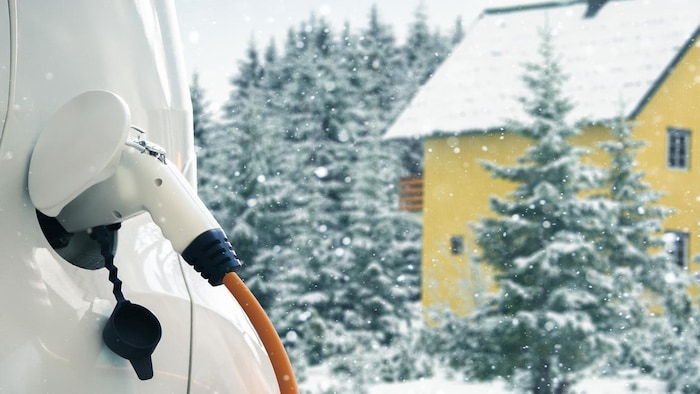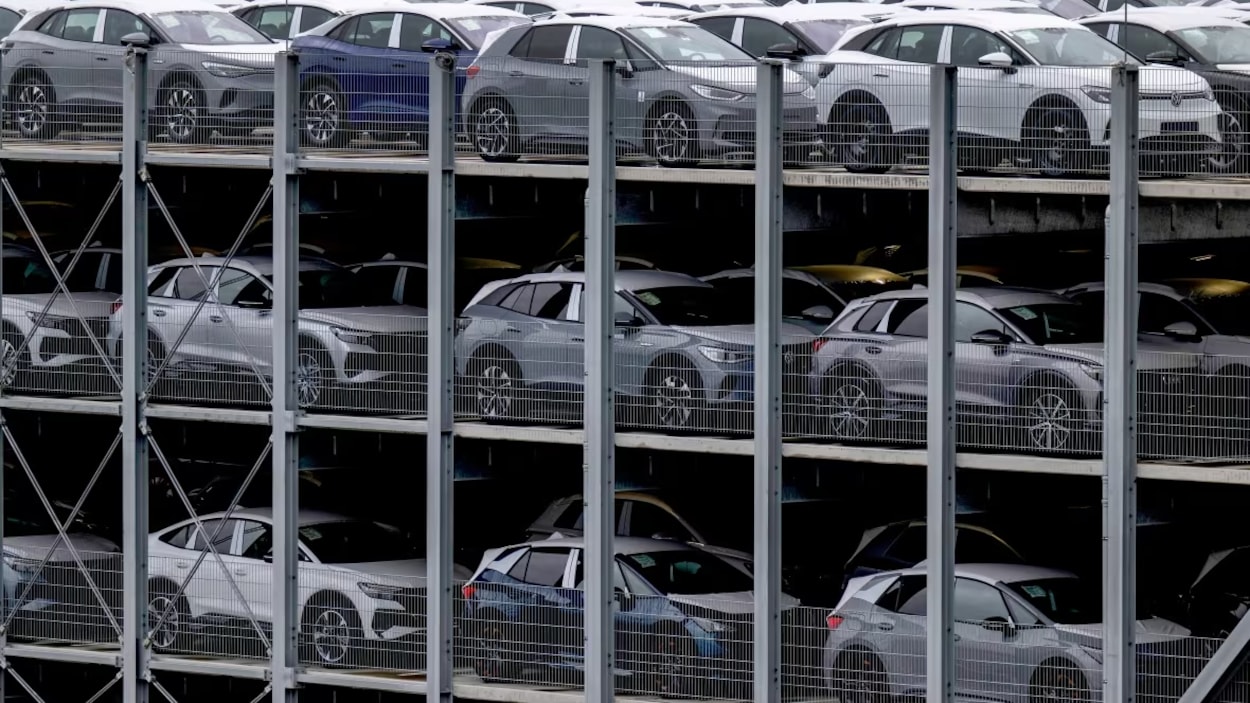Hydro-Québec is forced to revise its forecast for electricity consumption in Quebec, due to the popularity of electric vehicles, but also because of the Legault government's new ambitions to electrify the car fleet.
A document submitted to the Régie de l'énergie shows that the state-owned company must adjust its 2023-2032 plan to adapt to the expected growth in the number of electric cars.
Hydro-Québec estimates that by 2032, it will be necessary to add 1.2 terawatt-hours (TWh) to the total energy demand already expected, just because of the needs of this type of vehicle. To give an order of magnitude, 1.2 TWh is equivalent to the electricity consumption of 70,000 households in Quebec.
The state-owned company wrote to Regie on January 19 that it was the “strengthening of the zero-emission vehicle (ZEV) standard” that forced it to review its accounts. The Quebec government announced last year that its Green Economy Plan now aims to achieve a target of 2 million electric vehicles on the roads by 2030 instead of 1.6 million.

There are 250,000 electric cars registered in Quebec.
Photo: Getty Images/istockphoto/Scharfsinn86
Hydro-Québec has underestimated demand
On November 30, Hydro-Québec's senior management admitted, before a parliamentary committee, that it had not anticipated such a request.
Look at the number of electric cars on our roads today, compared to just two years ago. There is great electrification. There is a huge demand for electricity, which exceeds what was expected.
This statement greatly surprised University of Montreal professor Normand Musso, scientific director of the Trottier Energy Institute, who oversaw a prospective study on the needs of Quebec's all-electric vehicle fleet.
We did not see the number of electric cars in 2023 coming in 2021, Doesn't hold water
According to him. The trend was clear: we saw tremendous growth. It is no surprise where we are today.
There are more than 250,000 electric cars registered in Quebec.
Norman Musso doubts we will reach the government's target of two million vehicles in 2030, with vehicle delivery times issues.
I have a brother who ordered an electric car and was told it would take two years before he could get it. Therefore, they will not be part of the 300,000 vehicles that must be added this year to achieve our goal.
The federal government also announced a goal of making 100% electric vehicles among new cars sold in 2035.
If we reach our goals, will we be able to load all these cars?
In 2035, electric vehicles will consume a third of the added energy at Hydro-Québec
The state-owned company recently announced a massive project to add up to 9,000 megawatts of power to its grid. Power is the ability to provide electricity to everyone who requires it at the same time.
Only a third of this added energy will be used to charge electric vehicles in the province. The table submitted by Hydro-Québec to the Régie de l'énergie shows a need for 2,922 megawatts, for this purpose alone, in 2035.
Hydro-Québec's analyzes show that electric vehicle owners most often charge them between 6 p.m. and 8 p.m.
According to Professor Norman Musso, it will be necessary to establish “recharge control rules” in order to manage the winter peak.
Last year, Hydro-Québec underestimated electricity demand during a severe cold spell at the beginning of February. The record consumption of all Quebec residents, more than 43,000 megawatts, significantly exceeded expectations.
In 2050, electric cars alone could consume 6,000 megawatts during peak period, according to the state-owned company.
Remote working helps Hydro-Québec during peak periods
Hydro-Québec writes to Régie Presence Receive new electric vehicle charging data
Which takes into account the new reality of remote work. Thus, the staggering charging hours could reduce the expected impact during peak 73MW periods.
In addition, an offer currently under development that favors overnight shipping traffic is also taken into account in the forecast.
writes the state company.
And on that distant horizon, Hydro-Québec also expects this Technological developments will significantly change the image of the vehicle fleet, especially battery technologies that will see their weight decrease and their capacity increase. This will have an impact on the frequency of shipping needs
.
Finally, forecasters believe so Electric cars can become tools for managing peak consumption
With bi-directional power technologies that will allow the electric car to act as a battery to power the home during peak consumption in the winter.

“Music guru. Incurable web practitioner. Thinker. Lifelong zombie junkie. Tv buff. Typical organizer. Evil beer scholar.”






More Stories
After the discovery of norovirus, these berries should not be eaten.
Mechanics Strike | WestJet Cancels Nearly 700 Flights, Affects Nearly 100,000 Passengers
Three 'basic' Airbnb listings: Owner shares how he easily skirted the rules